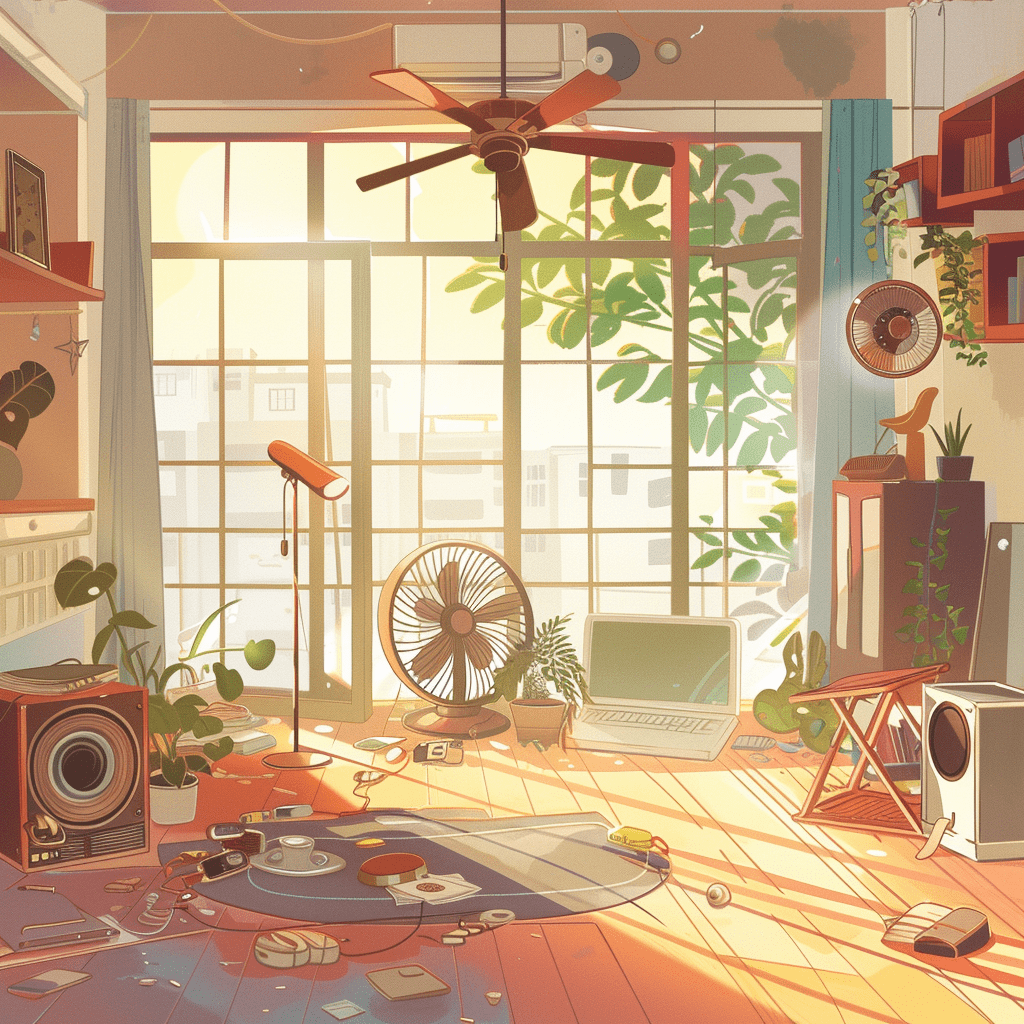Understanding Makeup Container Materials

Makeup containers come in different materials like plastic and glass. Each type has its own pros and cons, especially when it comes to recycling and upcycling.
Plastic vs. Glass Containers
Plastic containers are common for makeup products. They are lightweight and less likely to break. Because they’re durable, we often see them used for items like lipstick tubes and foundation bottles.
Plastic waste, though, is a huge issue. Plastic takes a long time to break down and can harm the environment. Not all plastic can be recycled, which adds to the waste problem.
On the other hand, glass containers are eco-friendly. They’re easier to recycle and can be reused multiple times without losing quality. Glass has a lower carbon footprint when it’s reused, but it is heavier and more fragile than plastic. So, each option has trade-offs to consider for sustainability.
The Lifecycle of Cosmetic Packaging
The lifecycle of makeup packaging starts at production and ends at disposal or recycling. Plastic containers begin as raw materials, often fossil fuels, which are then molded into different shapes. These containers can either be recycled or sent to landfills where they contribute to plastic waste.
Glass containers also go through a production process but use sand and other materials. Because they’re more sustainable, we can recycle them again and again.
When we look at upcycling, both materials can be repurposed into new, useful items. For instance, old mascara tubes can be cleaned and used as small storage containers. Glass jars can transform into stylish candle holders. By understanding the lifecycle and materials, we can make better choices.
Creative Repurposing of Old Makeup Containers

We can give new life to old makeup containers in ways that are both practical and fun. From storage solutions to gardening, these ideas are easy to execute and make use of items we might otherwise throw away.
DIY Storage Solutions for Small Items
Old makeup containers are perfect for organizing small items. Makeup compacts are great for storing jewelry like rings and earrings. Lip balm containers can be used to keep bobby pins and hair elastics together.
Perfume bottles and essential oil containers are also useful. Clean them out and use them for storing tiny beads, buttons, or even spices.
An empty eyeshadow palette can become a portable sewing kit. Just fill the compartments with needles, thread, and small scissors. This way, we keep everything organized and easy to find.
Crafting with Compact Containers and Bottles
Repurposing old makeup containers can lead to unique craft projects. Mascara wands, when cleaned, make excellent tools for painting fine lines or applying glue in tight spots.
Solid perfume containers can become cute little jars for homemade lip balm or candles. Empty powder compacts are good for DIY solid perfumes and can be decorated with paint or stickers.
With our creativity, these containers can turn into custom storage for craft supplies, like beads, sequins, or small fabric pieces. This not only reduces waste but also adds a personal touch to our crafting supplies.
Upcycled Planters for Succulents and Herbs
Makeup containers can be used for small planters, perfect for succulents and herbs. Old compact cases have just the right size for tiny plants. We can add a bit of soil and a small succulent to create a mini garden.
Lip balm containers and perfume bottles can also work. They can hold soil and seeds for growing fresh herbs.
We should clean the containers thoroughly to remove any leftover product. Once prepared, they can be painted or decorated to match our home decor. This is a simple, eco-friendly way to enjoy indoor gardening.
Responsible Disposal and Recycling Programs
To manage old makeup containers responsibly, we should look into recyclable materials and brand-led recycling programs that focus on minimizing landfill waste.
Identifying Recyclable Makeup Products
Many beauty products have recyclable parts. Items like plastic bottles, glass jars, and cardboard packaging are often recyclable. Check for recycling symbols on the packaging. Skincare containers made from materials like PET or HDPE are frequently accepted in curbside programs.
Some common recyclable items:
- Plastic bottles and tubes: Look for a number inside the recycling symbol.
- Glass jars: Often found with skincare products.
- Cardboard boxes: Used for outer packaging.
Remember, not all components might be recyclable. Pumps, caps, and certain mixed-material products might need special handling.
Participation in Brand-Specific Recycling Initiatives
Several brands offer unique recycling programs to aid in sustainable practices. For instance, Terracycle partners with brands like Garnier and Aveda to collect and recycle beauty products. These programs often accept items not typically processed by local facilities.
How to participate:
- Sign Up: Register on Terracycle’s website for a specific program.
- Collect: Gather empty containers, such as old makeup products and skincare containers.
- Ship: Send them using free shipping labels provided by the program.
By using these initiatives, we help reduce landfill waste and support a more sustainable beauty routine.
I’m Cartez Augustus, a content creator based in Houston, Texas. Recently, I’ve been delving into different content marketing niches to achieve significant website growth. I enjoy experimenting with AI, SEO, and PPC. Creating content has been an exciting journey, enabling me to connect with individuals who possess a wealth of knowledge in these fields.

